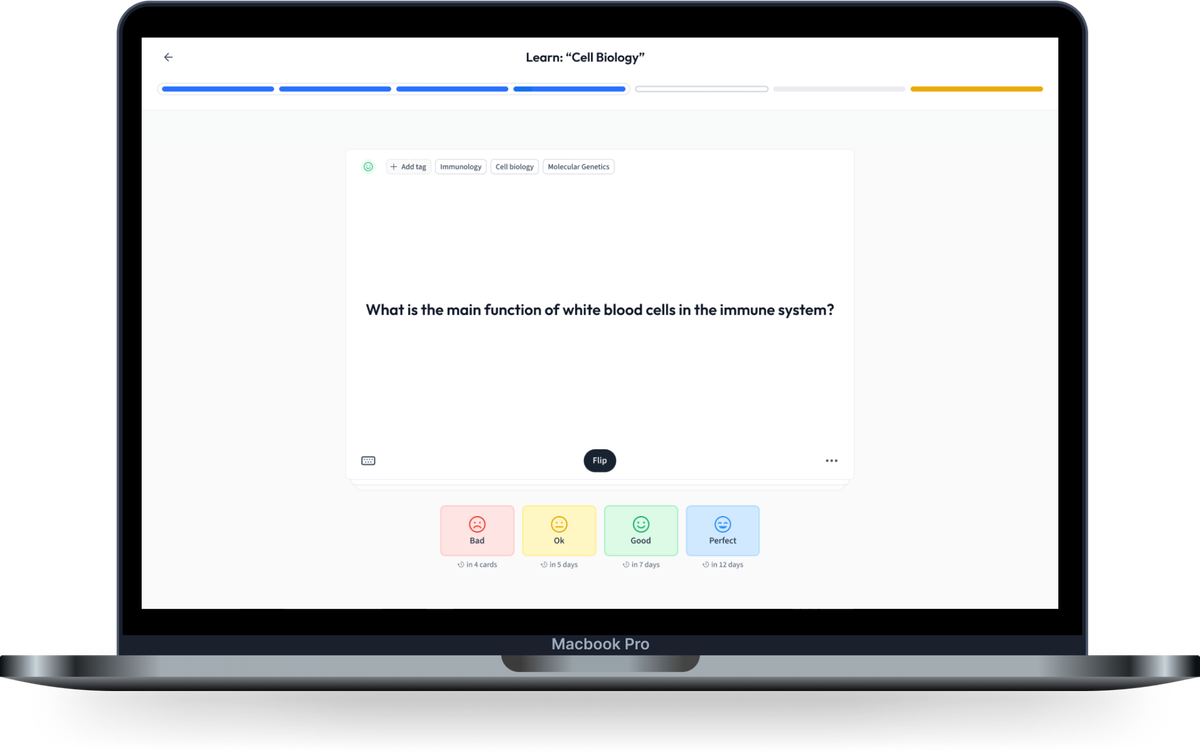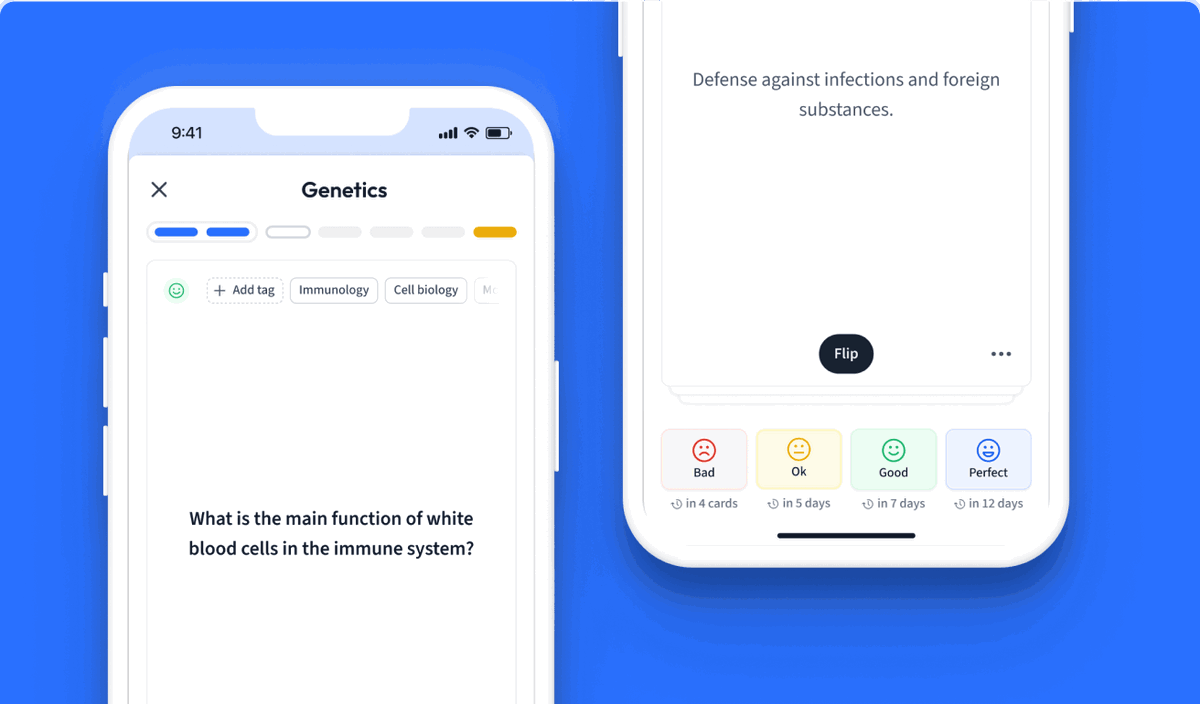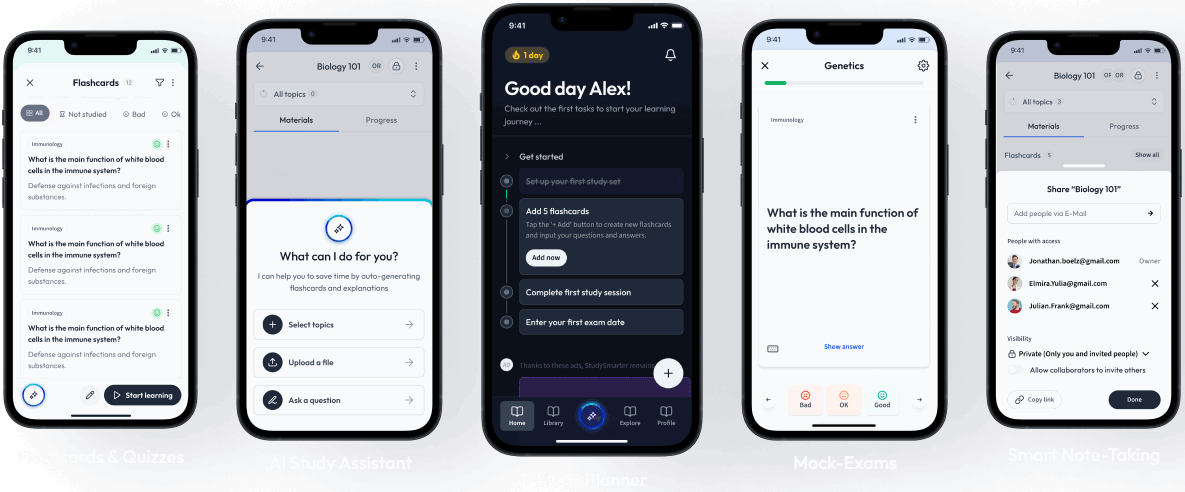Now think about how your language use might vary between each of these social groups. You might speak more casually and colloquially with your friends than you do when you speak to your neighbours. You might use more formal or prestige language forms when addressing older family members than you do when talking to your siblings.
Based on the age of the people you interact with, different linguistic patterns will emerge, and you'll also find that people of different ages might use different language forms themselves when they speak to you.
This in itself is an excellent demonstration of how age is a key factor in sociolinguistics.
 Different age groups use language in different ways and for different reasons, Pixabay
Different age groups use language in different ways and for different reasons, Pixabay
Relationship between language and age
The relationship between language and age can be broken down into several parts. Firstly, there's the concept that groups of people of different ages will acquire and use language in different ways. Then there is the link between age and how an individual's language use develops over time.
There is a variety of factors that contribute to each of these language and age branches, and we'll be exploring these factors in this article. We'll also take a brief look at how speech and language therapy can help people of different ages to communicate more effectively.
Without further ado, let's dive in!
Difference in language use across age cohorts
Regardless of what age group you fall into, you will likely have a solid idea of the type of language that you tend to use. You might speak in quite an informal or colloquial manner, and use language that falls into a more non-standard category. Alternatively, you might speak using Standard British English in Received Pronunciation.
Your personal linguistic style could fall anywhere on the prestige scale, and the factors that make up your identity will impact this. Your occupation, ethnicity, gender, interests and many other contributors will inform the kind of language that you generally use.
One of these key factors is age.
Adolescent language use
Whether you use them or not, you're probably familiar with some slang terms and different figures of speech commonly used by teenagers. To teenagers, these language features tend to come as standard, and are constantly evolving. Adolescents will most likely also be able to recognise that older generations and children younger use language forms that are different to the ones they use.
This is a perfect example of how language use changes across different age groups in society. Adolescents make up a key cohort when tracking language use across different ages, and there are many distinct features often present in adolescent speech that may be less frequent in other groups. For instance, after interviewing 63 17-year olds in West Yorkshire 1, Gary Ives theorised that teenager-specific language includes:
frequent slang
colloquial word choices/ non-standard forms of English
taboo words and subjects
dialect words
According to Ives, these features would be a lot less common in younger and older age groups than in adolescence. Teenagers also use language to create and support a sense of social identity that will inevitably change as new experiences, hobbies, and friendship groups circulate. In many ways, non-standard forms of language provide more freedom for expression than standard morphological patterns.
The word morphology refers to the study of the form of things so can be applied to many different subjects, however, in linguistics, it relates to the form of language features (such as words and syntax). A morphological pattern is a series of associations or functions that make up the different forms of a unit of meaning or lexeme. The lexeme 'eat', for example, comprises of the forms 'ate', 'eating', 'eaten', 'eats' etc, so the morphological pattern relating to the 'eat' lexeme is essentially the collection of other forms that the word can take.
 Teenagers use more slang than other age groups.
Teenagers use more slang than other age groups.
So, how does linguistic use vary across other age ranges?
Language use in children
Whilst adolescence provides opportunities for teenagers to develop their own linguistic nuances, young children will acquire and use language in different ways as well.
They might make up their own words (or even their own language amongst their friends!) and it's only natural that their pronunciation of words might not be as clear as older generations. Children also use language in order to communicate their needs so that the adults around them can provide effective assistance.
Critical age for learning language
Younger children are also blessed with the increased ability (generally speaking) to acquire new language very quickly and easily. You might have heard that learning a second language is much easier in childhood than in adulthood, and in many cases this is true. Most people who are bilingual learned a second language alongside their native language at a younger age.
Learning a second language at an early age is significantly easier than later in life due to the fact that young children experience rapid neural formation and development that results in an explosion of new learning potential. As we age, the rate at which we form new neural pathways slows down, and this in turn makes learning new languages more difficult.
It is still very possible to learn a second language as a teenager or adult, but the likelihood of being able to speak the new language to a native level is much smaller than if one starts learning the language in childhood.
 Children learn second languages much more easily than adolescents and adults.
Children learn second languages much more easily than adolescents and adults.
Language use in adults
When comparing adults to children and teenagers, there are some distinctions in language use that become immediately obvious. Because adults have had more life experiences and are more experienced speakers in general, they are able to use language with more purpose and autonomy than younger people. Adults tend to also exhibit more morphological awareness than younger generations, which allows them to use language with more nuance, and achieve different purposes more effectively.
Morphological awareness refers to an individual's ability to comprehend the ways in which words and other linguistic structures can be broken down into their constituent parts (for example, words can be broken down into prefixes, roots, and suffixes).
As adults get older, the ability to remember certain words begins to diminish which can eventually lead to issues with fluency and clarity. Elderly people, in particular, tend to struggle with communicative fluency as their memories deteriorate. This can lead to increased pauses whilst talking and the introduction of more filler words such as 'umm' and 'err', as Susan Kemper's 1992 study into the distribution of adult sentence fragments concluded.2
According to research by Deborah Burke and Meredith Shafto, as well as testimonies from their informants themselves, older adults experience a decline in the ability to recall and produce verbal forms of familiar words.3 Young adults do not often have this same difficulty and consistently outperformed older participants in Burke and Shafto's experiment where participants had to name pictures of objects.
How language use changes over time
There are several sociolinguistic schools of thought when it comes to how an individual's language use evolves over time, and many sociolinguists have investigated this concept. Some of the key considerations within this branch of the language and age topic include:
Measuring age across different societies
The relationship between age and gender
Age-grading
Measuring age
A sociolinguist's interpretations of time and age are important factors in determining how language variation throughout a person's life stages is significant.
In her book The Handbook of Sociolinguistics (1997), Penelope Eckert divided the concept of age into three categories, they are:
chronological age - the number of years a person has been alive
biological age - the level of physical maturity reached by a person
social age - a person's age as determined by their social standing and life experiences
Examining age-specific language use can be tricky across other cultures as well, as different cultures may place more significance on different measures of time and age than others. This could be because different cultural groups will have different life experiences that will subsequently provide a variety of new opportunities for communication.
Whilst many Western cultures focus mainly on chronological age as a beacon for exploring age-specific linguistics, some African cultures (for example, within rural Xhosa tribes) might prioritise social age instead. It is therefore very important to understand cultural ties to language when investigating how language use develops over a person's lifespan.
Gender and age in language
Gender will also have an effect on language use across different cultures as many cultures place alternative responsibilities and expectations on different genders, regardless of age4. Some gender-centric expectations are fairly universal, such as placing a lot of importance on marriage and having a family. These factors are tied in with gender as well as with age.
In her paper Sex and the Power of Speech (2010), Deborah Cameron talks about how the majority of western cultures assume female language use to be less direct and more cooperative and supportive than male language use. In other parts of the world, however, Cameron says that the roles may be reversed, and it might be men who pride themselves on diplomacy whilst women are seen as more assertive.
She also references how it is an almost universally held belief that women talk significantly more than men. This stereotype has basically no research-based evidence, and experiments have actually shown that in informal situations, there is very little difference between the amount spoken by men and women. In formal situations, men generally talk significantly more than women, again showing how tenuous this commonly accepted generalisation is.
Age-grading
Age-grading refers to how behaviours and linguistic habits tend to predictably recur over several generations.
These behaviours are generally limited to age-specific periods that are present over several generations, and do not continue past these age-specific periods4.
For example, nursery rhymes and other childhood songs may be passed from generation to generation, but do not normally extend into other age groups. As children grow older, they stop singing these songs and rhymes and move on to other patterns, such as teenagers using slang terms that will later be dropped in adulthood.
 Nursery songs are often passed on from generation to generation
Nursery songs are often passed on from generation to generation
Language and Age - Key Takeaways
- Age is a significant factor to take into account when considering language use in society.
- Different age cohorts use language in different ways and for different purposes.
- Language use develops and changes over time, even within one individual's life.
- Cultural differences across societies will affect how these societies use language, and gender and social experience are often important factors.
- Age-grading looks at how certain linguistic functions are adopted generation after generation, yet are often confined by particular age-specific periods.
1. E.Gray, A-Level English Language: A Guide to the “Age Theories”, 2020
2. Susan Kemper, Adults' Sentence Fragments: Who, What, When, Where, and Why, 1992
3. Deborah Burke and Meredith Shafto, Aging and Language Production, 2004
4. Jenny Cheshire, Age and Generation-Specific Use of Language, 2005


Learn with 77 Language and Age flashcards in the free StudySmarter app
We have 14,000 flashcards about Dynamic Landscapes.
Already have an account? Log in
Frequently Asked Questions about Language and Age
How does age affect language?
Older people tend to be more conservative in their language use, and may begin having trouble with word-finding and fluency as time goes on.
How does age lead to language variation?
In adolescence, people begin using language more to express themselves and develop a sense of identity. Jobs and lifestyle changes can also lead to age-related language variation.
Does language deteriorate with age?
The elderly may have trouble finding the words they want to say, diminished verbal clarity, and more frequent pauses and fillers when speaking.
What difference does age make to language learning?
Children acquire language much more quickly than adults, however, adults learn more autonomously and are quicker to learn new vocabulary words.
Why do children learn language so easily?
Young children experience rapid neural development where new synapses are continually forming, resulting in a period of fast learning.


About StudySmarter
StudySmarter is a globally recognized educational technology company, offering a holistic learning platform designed for students of all ages and educational levels. Our platform provides learning support for a wide range of subjects, including STEM, Social Sciences, and Languages and also helps students to successfully master various tests and exams worldwide, such as GCSE, A Level, SAT, ACT, Abitur, and more. We offer an extensive library of learning materials, including interactive flashcards, comprehensive textbook solutions, and detailed explanations. The cutting-edge technology and tools we provide help students create their own learning materials. StudySmarter’s content is not only expert-verified but also regularly updated to ensure accuracy and relevance.
Learn more




